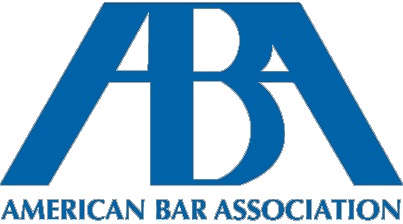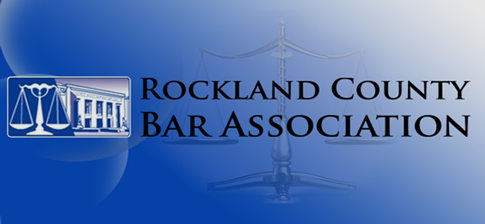In New York State, child support initially is calculated by something called the Child Support Standards Act, the acronym CSSA. It is simply a formula that combines the parental income of both parents, with certain deductions, typically FICA and Medicare. That income is then multiplied by a certain percentage depending on how many children are under the age of 21 or who are not emancipated.
For one child, it’s 17%. For two children, it’s 25%. For three children, it’s 29%. For four children, it’s 31%. For five or more children, it’s not less than 35%. That calculation would result in what the legislature has said is the presumptively correct amount of child support to be paid from the noncustodial parent to the custodial parent.
However, the parties are free to opt out of the guidelines and fashion their own child support obligation. The statute does not prevent people from doing that. However, if that were to happen, the agreement must set forth the calculations in what would have been the amount of child support to be paid and the reasons the parties are deviating from that presumptively correct amount.
Also, right now, the combined parental income is capped at $143,000 and is tied into the social services law. It has gone up before and it will go up again. Courts, though, do not have to be bound by the statutory cap. Courts, at least here in the second department, routinely apply the percentages to income greater than the statutory cap of $143,000. That deals with base child support.
We then have what we call the statutory add-ons, such as healthcare for the children, the unreimbursed, uncovered healthcare expenses of the children, and/or childcare costs that would allow the noncustodial parent to go to work or continue his or her education that will lead to employment in the future. Those are the statutory add-ons. How those are paid, if you follow the statute, is in proportion to each parent’s income. Let’s say the father in this case, as the non-custodial parent, makes 60% of the family income. His prorated share of the statutory add-ons would be 60% and the mother’s 40% if the parties agreed to follow the CSSA to the letter and not deviate.
If you require experienced legal representation for divorce and family law matters, contact the Law Offices of Mark S. Paige, P.C. today to schedule a consultation.










